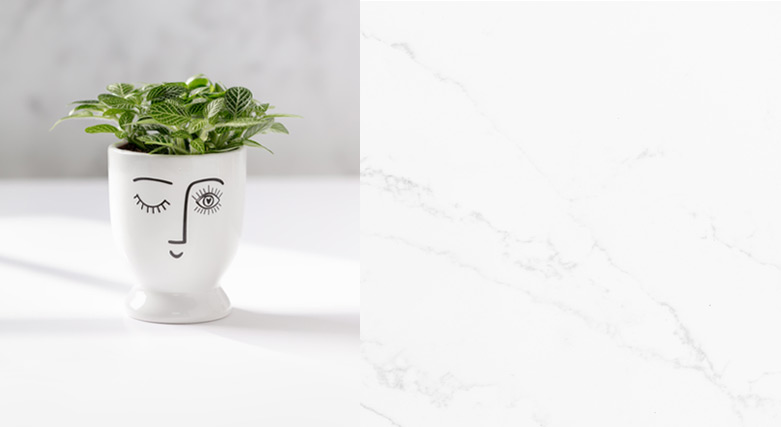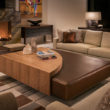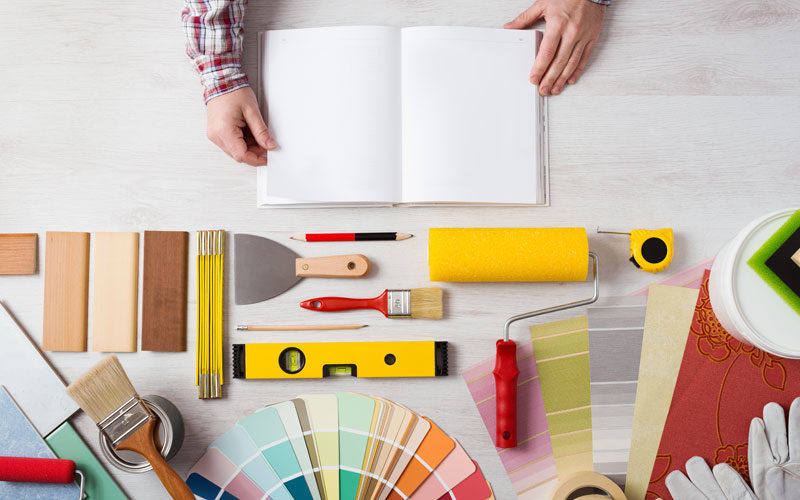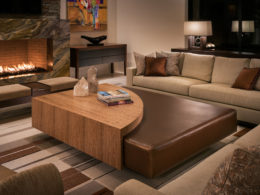Many a designer has been annoyed with a random text from a client that goes, “Hey, what do you think about this [insert decor item here]?” It seems that platforms such as Pinterest have inspired everyone out there to become their own designer. While Pinterest is indeed a great platform for design inspiration, not everyone is cut out to follow through with DIY interior design projects in terms of vetting product quality, pulling a room together, and getting it all ordered and installed.
The same is the case with the audience of HGTV, which sets unrealistic expectations about interior design, especially regarding project management. This article discusses the aspects of DIY (do-it-yourself) design and how you, as a professional interior designer, can manage the DIY ways of your clients.
Who Is a DIY Client?
A DIY interior designer is an inexperienced design enthusiast who is inspired by the world of design and believes that they have a knack for handling the interior design project by themselves, with no assistance whatsoever from a professional interior designer. There are countless vlogs and blogs about how to achieve this feat. Topics range from finding everyday objects and converting them into something unique, upcycling old furniture for better use, doing Ikea hacks, or even breaking down walls to make rooms bigger. While these look simple in concept, many DIYers soon realize that it is far from being an easy option.

At this stage, a DIY interior designer becomes your DIY client. Let us try and define a DIY client.
Essentially, a DIY client would have a pretty good idea about how they want their space designed but do not know how to execute it. They look to hire an interior designer to help them bring their designs to life. Oftentimes, the DIY client has tried to execute the project themselves but recognized their shortcomings in project management. Or, they are halfway through the project, got overwhelmed with handling all the design aspects on their own, and got too impatient waiting for their ideas to come alive.
Potential Problems in Dealing With a DIY Client
As a designer, you have already identified some issues with this kind of arrangement.
- A DIY client tends to micromanage your job, by being present for every decision and wanting to insert their ideas at every step of the way, even after approving final designs.
- Thanks to shows like HGTV, they expect too much too soon. They do not understand your design process and are breathing down your neck about completing the project.
- They find it hard to adhere to the design process and text you regularly with images of things they think would fit better than what you suggested.
- They get overwhelmed by the price of items that they loved, and get sticker shock, causing them to frantically change design plans or seek low quality alternatives.

How to Handle a DIY Client?
Before we tackle this question, it is wise to ask yourself whether it is worth it. Would you rather run at the first sign of a DIY client or would you stay and work through it?
Some designers report that handling DIY clients as a design consultant is a joyful experience – if done right. If you think about a DIY client as a creative individual simply looking for your help, it can indeed be a fruitful association, both for you as well as the client. Here are some ways to handle a DIY client.
1. Communicate Clearly
It is important to let your client know that you are their advocate and you want them to have the space that they are envisioning.

In the initial consultation, try and get them to describe the space they envisioned and observe their verbiage. If they bring inspiration pictures, try to identify common links among them, and watch for a disconnect between the pictures presented and their description of their vision. Repeat back to them what you understand from their description in your own words. Most importantly, let them explain what they expect you as the designer to contribute to the project. Make sure that you are on the same page as your DIY client about the vision and roles for the project.
2. Demonstrate Your Knowledge
A DIY-er might have some great ideas, which you must incorporate. But, many times, the ideas are not very practical in the overall nature of the design. This is where you use your professionalism, logical thinking, and experience to gently educate the client about the technicalities. Help them see that this is why they hired you. Demonstrating your design knowledge instils trust and confidence in your skills as a designer.
3. Design a DIYer Package
At your initial consultation, if you spot a DIY client, you could propose a package that offers your design services in the capacity of a design consultant only. This package should be designed in such a way that involves you giving your expert opinions for a cost and none of the headaches associated with procurement of products. If the client insists that you also do the procurement, then politely suggest that they take your full service package, which means that they have to completely adhere to your full service contract and process.
4. Set Up a Contract

Once you have designed a package, make sure you outline exactly what is included, and also clearly highlight what is NOT included in the package. This is true of your full-service clients too. Having a solid contract protects you in cases where the client decides to go rogue on you and it ensures you properly get paid for your effort.
5. Plan Your Charges
The DIY concept generally denotes a means of cost-cutting. Therefore DIYers generally fail to see the amount of work and related cost that goes into bringing designs to life. They might experience sticker shock at product prices or at your design fees. Prepare them well about projected figures before the project commences. Explain to them how the fee they pay you is for your expertise, problem-solving abilities, and the vendor relationships you cultivate which will help their project become a unique one. It is generally believed that rather than discuss costs as “budgets”, it is better to refer to the money involved as “investment” which has a positive feeling to it. Decide whether you would bill hourly or at a flat fee. Most designers suggest that an hourly payment system works best with DIY-ers since the attitude of micromanaging the project can cause a lot of delays to the timeline, which a flat fee cannot accommodate. At the same time, hourly billing for someone who is price sensitive can set one up for friction.
Keep in mind that a consulting-only client that uses you for just a few hours writes a review with the same weight (in the public’s eyes) as that client that you just spent a year working on their entire home. Be careful to not grab some “easy” consulting dollars and end up getting permanently stuck with brand tarnishing reviews.
Final Thoughts
Working with a DIY client can be very enjoyable if done right. A DIY client brings with them a lot of ideas and concepts which will help enrich your own scope of designing. Keep in mind that you and the client are both passionate about interior design and that can lead to clashes of ideas. But, it could also lead to brainstorming together to create something unique and special which is the ultimate goal for both of you. DIY clients appreciate quality and creativity and are ready to take risks that involve out of the box thinking. A successful partnership can also lead to some great referrals and possibly even some striking images for your interior design portfolio. Therefore, approach the project with an aim to make this a fruitful experience for both yourself and your client. And, trust yourself if it doesn’t feel right to step forward.
Have you worked with this type of DIY client before? Tell us about your situation. Was it a productive relationship or do you wish you never stepped forward with it? Do you have any tips on how to navigate this type of highly involved client? Please leave your feedback as a comment below.










